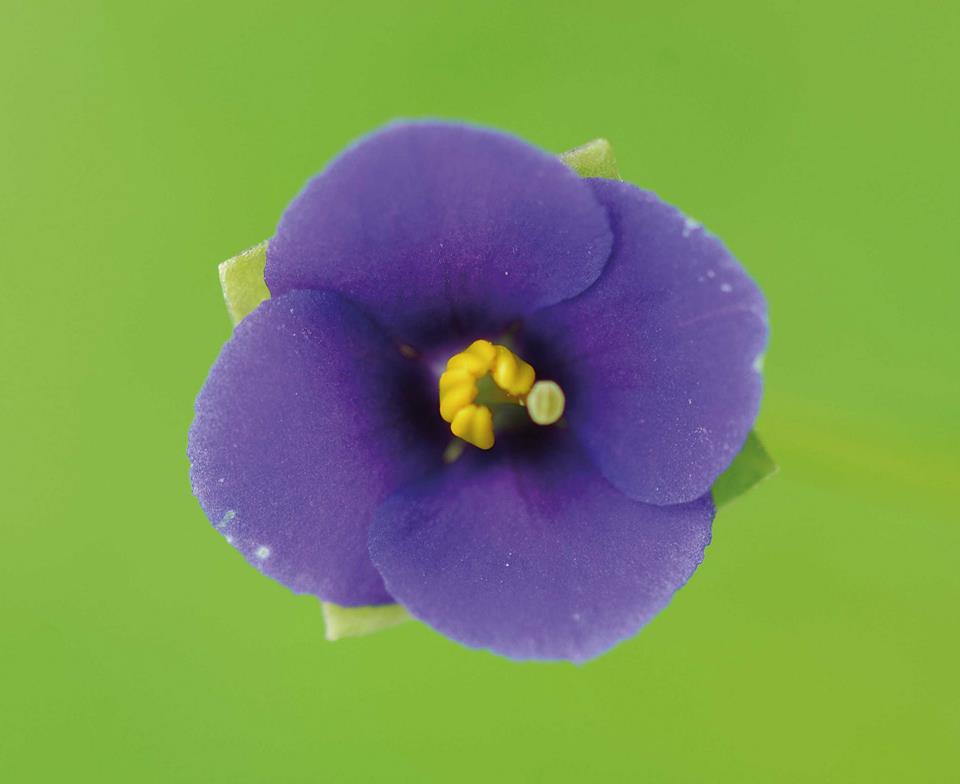A riot of blooms await you at the Kaas Plateau.
There is a special magic in the air as the monsoons sweep across Maharashtra. As sheets of rain come pelting down, the dry-brown countryside gets transformed into soothing shades of green. Nourished by the rain gods, the fields glisten with crops, the mountains glow with a velvet patina, waterfalls cascade down lush mountain faces and rivers shimmer like silver ribbons. It is the perfect time for nature lovers to zip-up their windcheaters, put on their trekking shoes and set off on a scenic trail. The most spectacular spot to witness the metamorphosis ushered in by the monsoons in Maharashtra is Kaas Plateau.
The 25 km drive from Satara to Kaas is a beautiful experience in itself. The road winds through verdure—at times through the scenic countryside and at times with lush trees hemming the road. Every shade of green, ranging from dark olive to lime and luminescent yellow, seems to carpet the countryside. Soaking in panoramic views of mountains, valleys, lakes as well as flowers on hill slopes you reach the table top of Kaas Plateau, a pocket of paradise perched quietly at a height of 1,200 m in the Western Ghats.

A few weeks into the monsoons and some magic formula seems to be at work at the plateau. The open land, its lateritic soil and rain come together to present the ideal conditions for diverse plants— herbs, shrubs, orchids, wild flowers, insectivorous and medicinal plants—creating spectacular vistas. The laterite soil cover is just a few inches deep and precludes trees and larger plants from taking root. It helps the herbs and shrubs flourish as they do not need to compete for sun and air.
As the plants grow, a fascinating phenomenon of mass blooming comes into play and their ephemeral presence makes Kaas a destination that a visitor can never have enough of! Nature lovers who visit Kaas repeatedly during the season are invariably thrilled to see the ‘flower carpets’ change colours. At different points in time, different varieties of flowers dominate the landcsape. It is on account of the unique beauty and rich biodiversity of the area that Kaas Plateau was recently designated as one of the 39 sites in Western Ghats included in the list of UNESCO World Heritage Sites. UNESCO’s World Heritage Committee, at its 36th session, inscribed the Western Ghats of India as a world heritage site. The session was held at St Petersburg in Russia in July this year.
Along the trail you come across a variety of flowers, some in dense sweeps and clusters and others in occasional occurrences. Stretches of yellow Smithia hirsuta flowers blooming against the green terra firma make for one of the most common sights. Interestingly, their sunny cheerful countenance with two red speckles on their yellow petals has earned them the nickname of Mickey Mouse, thanks to the resemblance with the endearing cartoon character. Sonki, another lovely yellow flower, a scaled down version of the sunflower, grows abundantly in this terrain. So do pink balsams.

Kaas Plateau (Photo by Bhautukjoshi)
Stretches of Eriocaulon tuberiferum with their small roundish white flowers delight the eyes because they grow in patches and usually mingle with pink and purple balsam.They also crop up with the yellow Smithia hirsute and the purple coloured flowers atop stalks of Pogostemon deccanensis, making a vibrant splash of colours. Striking white Rhamphicarpa longiflora, the unusual woolly-blue coloured Cyanotis fasciculata, colourful bracts of Arrowroot flowers and Magenta ipomea are just a few among the numerous blooms seen here.
If you have a botanist or a naturalist in your group, be sure to request them to show you an insectivorous plant such as Drosera burmannii. It has a short stem with leaves arranged in a rosette. It can embrace an insect in a matter of seconds. Bird lovers also have a treat in store for them and sharp eyes get rewarded well. Among the sightings include Crested Buntings, Malabar Crested Larks, Scaly Breasted Munias, Oriental White Eye, Bonelli’s Eagle, Little Brown Doves, Spotted Doves, Bulbuls and Red Rumped Swallows. Moths and butterflies also add to the visual feast.
Even if the season of flowering lasts only for two odd months at Kaas Plateau, its beauty lingers long after. As the sun streams through the clouds caressing the rain showers gently, the sight of thousands of delicate colourful flowers soothes the senses in a way only nature can. The picturesque Kaas Lake close by adds to the charm of the trip as does a visit to the Thoseghar Falls.

Photo by Bhautikjoshi
How to Reach
Kaas Plateau is about 20 km from Satara. It is best to find a launch pad at Satara itself. It is preferable to visit during the week rather than the weekend. Plans are in the pipeline to limit the number of visitors to the Plateau by issuing passes. Please check the Internet for an update. Make sure you park in the designated area and of course please do not disturb the flowers or the plants
By Reema Bhalla



